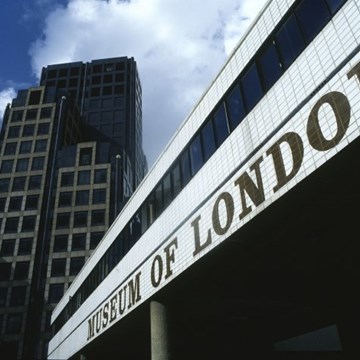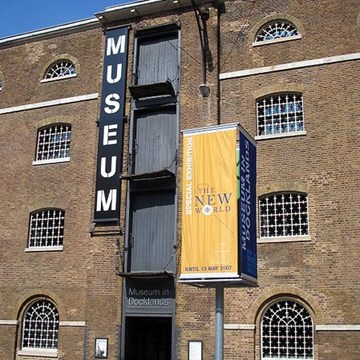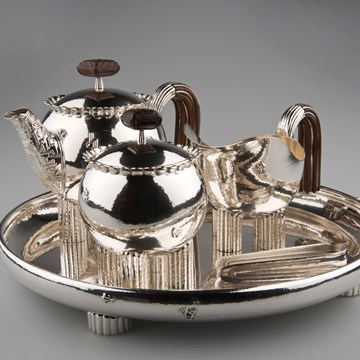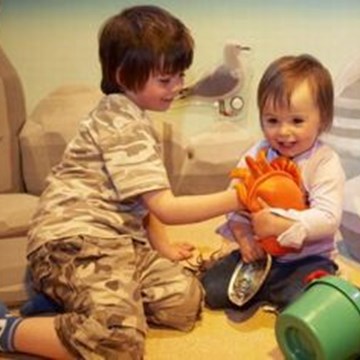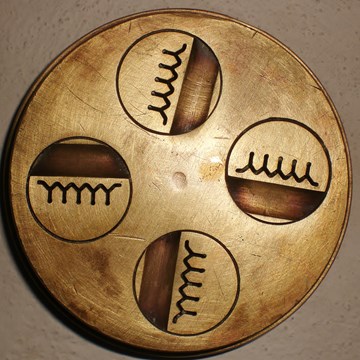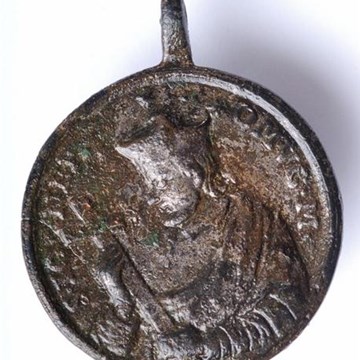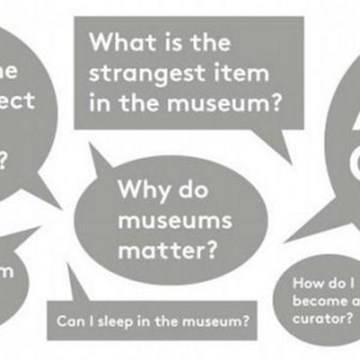John F. Kennedy and the Memory of a Nation
On November 22, 1963, the Texas School Book Depository building was the focus of the world's shock, grief and outrage when President John F. Kennedy was assassinated in Dealey Plaza. John F. Kennedy and the Memory of a Nation occupies the sixth floor where significant evidence of a sniper was found. This exhibition recreates the social and political context of the early 1960s, chronicles the assassination and its aftermath and recognizes Kennedy's lasting impact on American culture.
Exhibition Highlights:
The Early 1960s
This introductory section outlines the major social movements and political events of the 1960s, with an emphasis on the lifestyles and fashions of the era. Photographs, artifacts and a short video provide insight into the life and times of John F. Kennedy and his family—including the major issues he faced while in office.
The Trip to Texas
In November 1963, President Kennedy began a political trip to five Texas cities. This section—which includes a short video—highlights the enthusiastic welcome the Kennedys received in San Antonio, Houston, Fort Worth, and Dallas. It also explores the atmosphere in Dallas at the time of the assassination.
The Corner Window
Following the assassination at 12:30 p.m., law enforcement officials began a search of the Texas School Book Depository building. A perch of cartons, three spent cartridge shells and a brown paper bag were discovered by the southeast corner window of the sixth floor around 1:12 p.m. An accurate re-creation of this "sniper’s perch" is protected behind glass. Alongside it are photographic enlargements and radio-teletype documentation of the first news of the assassination. The floor's south-facing windows offer distinctive views of Dealey Plaza and the motorcade route. Interactive touch screens along the windows explain the events that occurred below that day.
The Crisis Hours and Nation & World Response
This section examines the immediate aftermath of the assassination and the four-day period when the world closely followed breaking news coverage. Only 45 minutes after the shots rang out in Dealey Plaza, Dallas Police Officer J. D. Tippit was murdered in the Oak Cliff section of the city. Thirty-five minutes later, suspect Lee Harvey Oswald, a clerk at the Texas School Book Depository, was in police custody. Oswald was later charged with both murders. Less than 48 hours after the assassination, Oswald was murdered in the basement of Dallas Police Department headquarters by local nightclub operator Jack Ruby. Featured artifacts from the Oswald shooting include the suit worn by Detective Jim Leavelle, the hat worn by Jack Ruby, the handcuffs worn by Oswald, and the camera used by Dallas Times Herald photographer Bob Jackson to capture the Pulitzer Prize-winning photo of the shooting. In a nearby theater, visitors may watch a 10-minute video featuring footage from the Kennedy funeral and scenes highlighting the global response to the assassination.
Exhibitions and events
Activities from this museum
We don't have anything to show you here.


